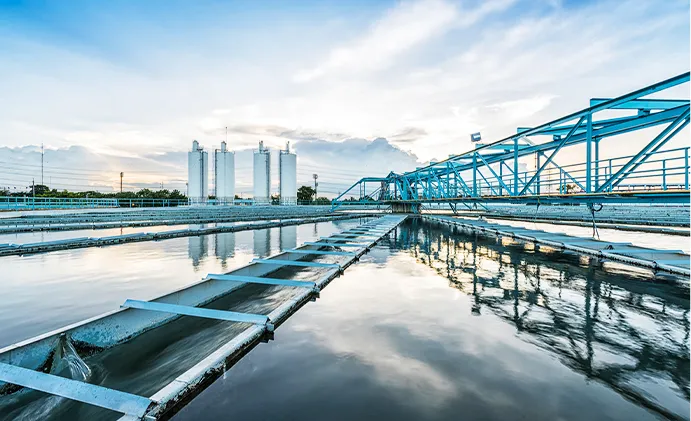-
 Phone:
Phone: -
 Email:
Email:

rockfall network analysis for enhanced safety and risk management in vulnerable areas
Understanding Rockfall Causes, Impacts, and Mitigation Strategies
Rockfall is a natural phenomenon that occurs when rocks and boulders detach from steep slopes or cliffs and fall to the ground due to gravity. This geohazard can have significant impacts on landscapes, ecosystems, and human activities. Understanding the causes and effects of rockfall, along with effective mitigation strategies, is crucial for minimizing risks associated with this geological event.
Causes of Rockfall
Rockfalls are often triggered by a combination of geological and environmental factors. One primary cause is weathering, which weakens the structural integrity of rocks. Mechanical weathering, such as freeze-thaw cycles, can create cracks in the rock. When water seeps into these cracks and freezes, it expands, causing the rock to break apart. Similarly, chemical weathering can alter the minerals in the rock, reducing its strength.
Other contributing factors include geological composition and slope stability. Certain rock types, such as sedimentary rocks, are more susceptible to rockfall than others due to their layered structure. Additionally, steep slopes and cliffs, often found in mountainous regions, increase the likelihood of rockfalls, particularly after heavy rainfall or earthquakes, which can destabilize the ground.
Human activities also play a role in rockfall occurrence. Construction, mining, and road-building can disturb geological formations, making them more prone to failure. The removal of vegetation through logging or land development can further destabilize slopes, as roots that formerly held the soil in place are removed.
Impacts of Rockfall
The impacts of rockfall can be severe and multifaceted. When boulders or rocks fall, they can cause destruction to infrastructure, such as roads, bridges, and buildings, leading to significant economic losses. In many regions, rockfalls pose a threat to life, as they can occur without warning, endangering hikers, climbers, and residents living near hazardous slopes.
rockfall net

The ecological consequences of rockfall can also be considerable. Rockfalls can disrupt habitats, destroy vegetation, and alter ecosystems. The displacement of soil and rock can lead to the formation of new landscapes, but it can also diminish biodiversity by eliminating habitats.
Mitigation Strategies
Given the dangers posed by rockfall, implementing effective mitigation strategies is essential. Monitoring and assessment are the first steps towards understanding rockfall risks. Technologies such as LiDAR (Light Detection and Ranging) and aerial photography can help identify vulnerable areas and assess slope stability.
Physical mitigation measures include installing rockfall barriers, nets, and fences to catch falling rocks before they can reach crucial infrastructure. These structures are designed to absorb the energy of falling rocks and can be tailored to fit various environments. Additionally, the stabilization of slopes through engineering techniques—such as grading, retaining walls, and soil anchors—can significantly reduce the risk of rockfall events.
Vegetation is another natural mitigation method. Planting trees and shrubs can help stabilize the soil with their root systems and absorb rainfall, which reduces soil erosion. Furthermore, creating buffer zones around high-risk areas can minimize human exposure and enhance safety.
Conclusion
Rockfall is a natural hazard with the potential to cause widespread destruction and pose threats to human life and ecosystems. Understanding the causes and impacts of rockfall is essential for developing effective mitigation strategies. Through a combination of technology, engineering solutions, and ecological practices, it is possible to minimize the risks associated with this geological phenomenon. As our understanding of rockfall continues to evolve, the implementation of these strategies will be crucial in ensuring safety and preserving our natural landscapes.
-
Wire Mesh for Every Need: A Practical SolutionNewsJul.25,2025
-
Steel Fences: Durable, Secure, and Stylish OptionsNewsJul.25,2025
-
Roll Top Fencing: A Smart Solution for Safety and SecurityNewsJul.25,2025
-
Cattle Farm Fencing Solutions for Maximum SecurityNewsJul.25,2025
-
Affordable Iron Binding Wire SolutionsNewsJul.25,2025
-
Affordable Galvanized Wire SolutionsNewsJul.25,2025
-
Wire Hanger Recycling IdeasNewsJul.25,2025








